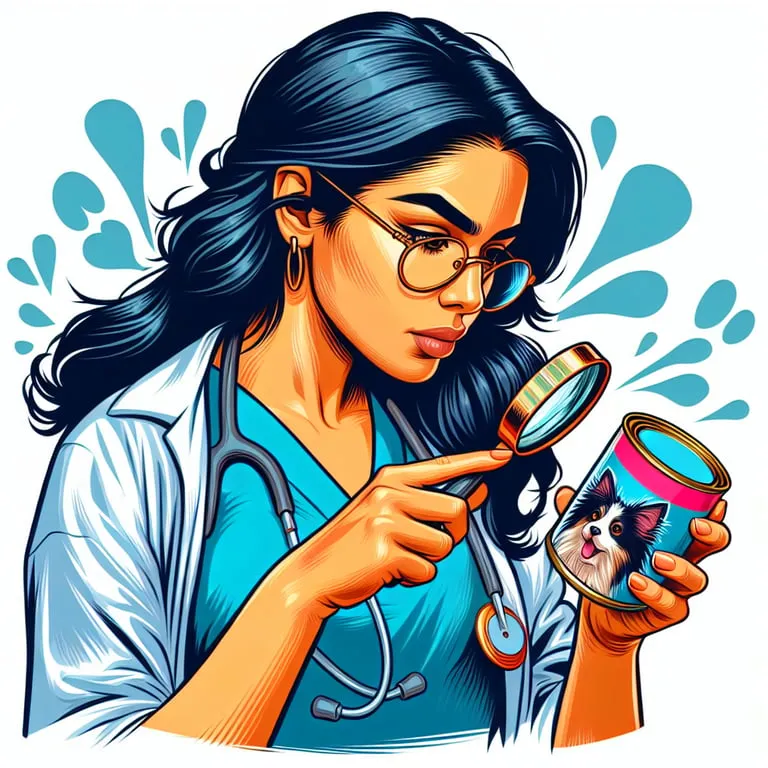
Ensuring pet food safety is critical for both human and pet health. Contaminated pet food can harbor pathogens that pose significant risks to human health, highlighting the necessity for vigilance and preventive measures.
The Hidden Risks of Pet Food Contamination
Understanding the potential dangers lurking in pet food is crucial for protecting our households. Pathogenic bacteria such as Salmonella, Listeria, and E. coli are not uncommon in pet food products. These microbes can easily contaminate surfaces or directly transfer to humans through interactions with pets or mishandling during feeding.
Common Transmission Paths to Humans
Pet food contamination can affect humans mainly through cross-contamination.
1. **Direct Contact**: Handling pet food without proper hygiene practices can lead to bacteria transfer. Thorough handwashing with soap and water is essential after every handling session.
2. **Contaminated Surfaces**: Pet food bowls and areas where pet food is prepared can be breeding grounds for bacteria. Regular sanitation with hot soapy water or disinfectants is necessary to mitigate these risks.
3. **Pet Interaction**: After eating contaminated food, pets can carry bacteria on their bodies. Regular grooming and hygiene practices for pets can reduce this risk.
4. **Improper Storage**: Mixing or storing pet food near human food can facilitate cross-contamination. Keep these products separate and use designated utensils for each.
Vulnerable Populations at Increased Risk
Certain groups are particularly susceptible to illnesses from contaminated pet food. These include young children, the elderly, pregnant women, and immunocompromised individuals. For instance, cases of Salmonella infections in children have been traced back to pet food, emphasizing the need for careful handling and vigilance in homes with vulnerable individuals.
The Role of Pet Food Manufacturers
Manufacturers bear considerable responsibility in preventing pet food contamination. However, pet food industry standards and regulations often fall short compared to human food. Recalls due to contamination issues, including Salmonella and Listeria, highlight the need for stricter oversight and more rigorous safety protocols.
Regulatory and Advocacy Efforts
Regulatory agencies like the U.S. Food and Drug Administration (FDA) should enforce stricter regulations and improve testing. Public awareness and educational campaigns about pet food safety can empower consumers and hold manufacturers accountable.
Proactive Steps for Pet Owners
Pet owners can take several proactive measures to minimize the risk of foodborne illnesses from pet food.
– **Practice Good Hygiene**: Encourage everyone at home to wash their hands thoroughly after handling pet food or interacting with pets.
– **Separate Pet and Human Food**: Store pet food separately and use exclusive utensils to avoid any risk of cross-contamination.
– **Regular Cleaning**: Maintain cleanliness by regularly disinfecting pet food bowls and preparation areas.
– **Handle Raw Food with Caution**: If feeding raw diets, exercise heightened precautions, including the use of gloves, and clean all surfaces meticulously afterwards.
– **Monitor Recalls**: Stay updated with pet food recalls and immediately discontinue use of recalled products to safeguard against contamination.
Broadening Safety Awareness and Precautions
The increasing prevalence of pet ownership underscores the importance of extending food safety considerations to include pet food. Enhanced public health campaigns are vital in educating pet owners about potential risks and best practices. Veterinary professionals can play a pivotal role by discussing these issues during consultations and distributing informative resources.
Ultimately, the cherished relationship we share with our pets should not compromise our health. Through informed precautions and advocacy for stringent pet food safety standards, we can protect both humans and pets from hidden dangers present in pet food. By faithfully implementing these preventive measures, we can experience the joy of pet companionship without sacrificing our well-being.
https://www.petmediapress.com/